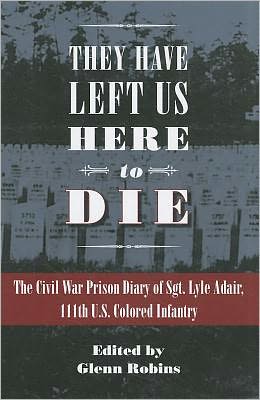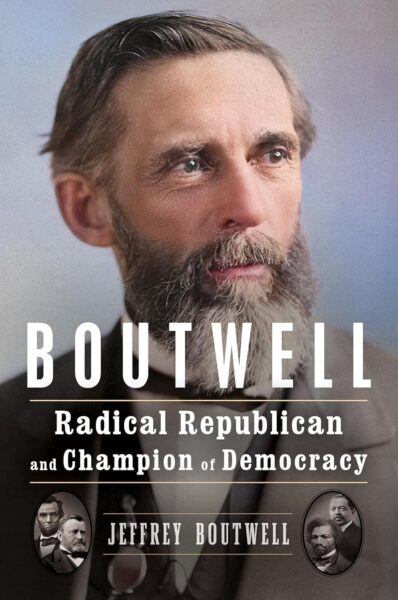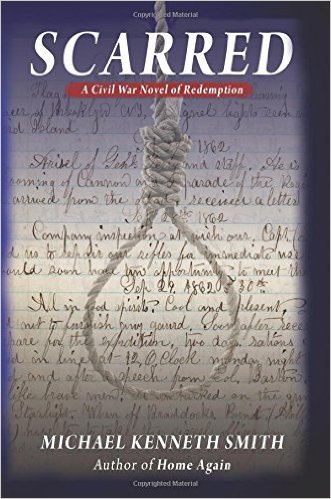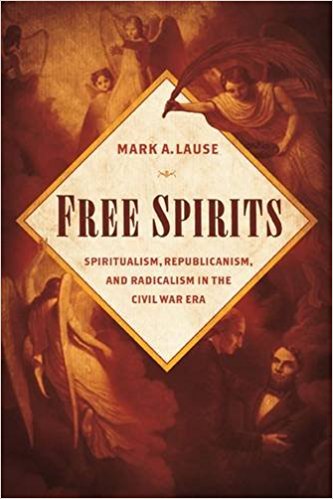Practical Liberators: Union Officers In the Western Theater During the Civil War by Kristopher A. Teters. The University of North Carolina Press, 2018. Cloth, ISBN:978-1469638867. $32.95.
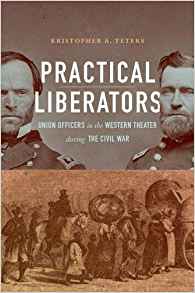 Kristopher A. Teters’s new book examines the complex process of emancipation as it played out on the ground in the Western Theater from 1861 to 1865. From the Carolinas to Louisiana and from Kentucky to Missouri, Teters examines the myriad moral, political, and military considerations that Union officers faced as instructions from Washington clashed with realities in the field. His title gives a hint as to his conclusions. His work adds further weight to the body of scholarship that stands counter to the emancipationist narrative championed by Chandra Manning and James Oakes; for those acquainted with the work of Gary Gallagher, Teters’ argument will appear familiar.
Kristopher A. Teters’s new book examines the complex process of emancipation as it played out on the ground in the Western Theater from 1861 to 1865. From the Carolinas to Louisiana and from Kentucky to Missouri, Teters examines the myriad moral, political, and military considerations that Union officers faced as instructions from Washington clashed with realities in the field. His title gives a hint as to his conclusions. His work adds further weight to the body of scholarship that stands counter to the emancipationist narrative championed by Chandra Manning and James Oakes; for those acquainted with the work of Gary Gallagher, Teters’ argument will appear familiar.
He demonstrates that while moral considerations did at times factor into officers’ and soldiers’ thinking, whether in favor of or indeed in opposition to emancipation, the primary consideration for virtually all involved consistently remained how to bring the war to a victorious conclusion as quickly as possible.
Union officers in the Western Theater embraced emancipation, Teters shows, not as part of any moral crusade or out of sympathy for enslaved men and women, but as a war measure meant to deprive their enemy of one of its principal sources of strength. The succession of emancipationist policies from Washington, which initially caused tremendous agitation in the ranks, eventually gained wide acceptance among Union officers and their charges not out of the spread of high mindedness, but because of their simple effectiveness against the Confederates. Teters deftly illuminates that process.
In the early stages of the war, Union leadership attempted to adopt a conciliatory ‘kid-glove’ approach toward property in rebel territory and sought to avoid any substantial interference with slavery. African Americans, however, quickly forced the issue of emancipation upon Union officers when they began to arrive within their lines in considerable numbers. Union officers could not turn them all away, back into the arms of their shared enemy, if only for logistical reasons alone; they resented having to devote valuable time and manpower to the task. Whatever their politics, officers recorded that their men utterly loathed having to adopt the role of “slave catcher.” They also took pleasure in seeing how distraught the loss of their enslaved manpower made the rebels. “It certainly makes the rebels wince to see their ‘niggers’ taken off which is a source of private satisfaction to me,” wrote one Minnesota colonel. “Crippling the institution of slavery is . . . striking a blow at the heart of the rebellion” (61).
Beginning in 1862, officers increasingly recorded their observation that the institution of slavery had entered its death throes, even if their role in its demise had been indirect thus far. Critically, however, even as Union men on the ground realized the practical benefits of emancipation and came to support it, their racial attitudes barely changed at all.
The predominantly pragmatic nature of Union officers’ attitudes toward emancipation perhaps appears clearest in their repeated stated preference for able bodied men, and less concern and even undisguised annoyance at the presence of women and children—who could not actively aid the war effort—within their lines. Union soldiers and officers, and especially Midwesterners, mostly shared the racial views of their Southern counterparts, and tended to tolerate the presence of emancipated slaves only to the extent that it freed white soldiers from having to perform menial labor. They employed the shared vocabulary of white Southern mastery, frequently describing servants and laborers as “faithful,” “industrious,” and sometimes even “intelligent.” The war marked the first time that most white Midwesterners came into contact with substantial numbers of African Americans, and while the encounter caused a few to soften their racial views, the experiences of many others did little to assuage and even sometimes hardened their racist predispositions. Teters emphasizes that while “experiences on the ground made it clearer why emancipation was so necessary” (68), in terms of its benefit to the war effort, racial attitudes actually changed very little and did not account for changes in Union policy.
A similar process unfolded with respect to the deployment of African-American soldiers. Most officers initially expressed skepticism at the fighting qualities of formerly enslaved men. General Sherman, in fact, never truly came around, but ultimately the majority of officers withdrew their objections and yielded to practical considerations. Black soldiers eventually served admirably throughout the Western Theater, and their sacrifice at Fort Pillow in 1864 galvanized the North.
Teters’ work thus confirms what many scholars have previously argued: that saving the Union represented the predominant goal of Union officers, and that emancipation and the eventual recruitment of African American soldiers represented a means to that end and little more. Teters skillfully illuminates the process by which officers came to that realization. Some did so sooner than others, but remarkably almost all did come around to that position. Even Sherman, who held more typically Southern views on race and the peculiar institution than is generally acknowledged, remained ever the soldier and accepted emancipation as a way of combating the rebellion. Crucially though, for Teters, officers and men in the Western Theater became abolitionists without becoming civil rights activists, a critical distinction that, he writes, “helps explain why the North eventually retreated from Reconstruction and acquiesced in segregation and disfranchisement” (105).
Teters parses and explains well the complexity of how emancipation played out on the ground, making his book a valuable contribution to the literature.
Clayton Butler is a Ph.D. student in the Corcoran Department of History at The University of Virginia.

